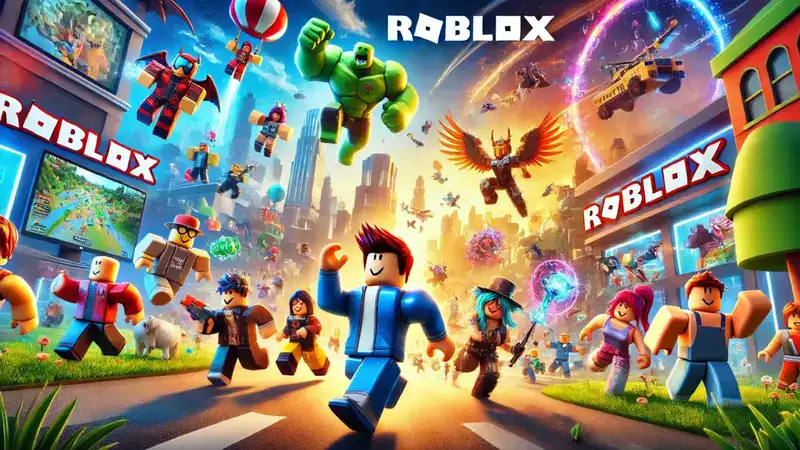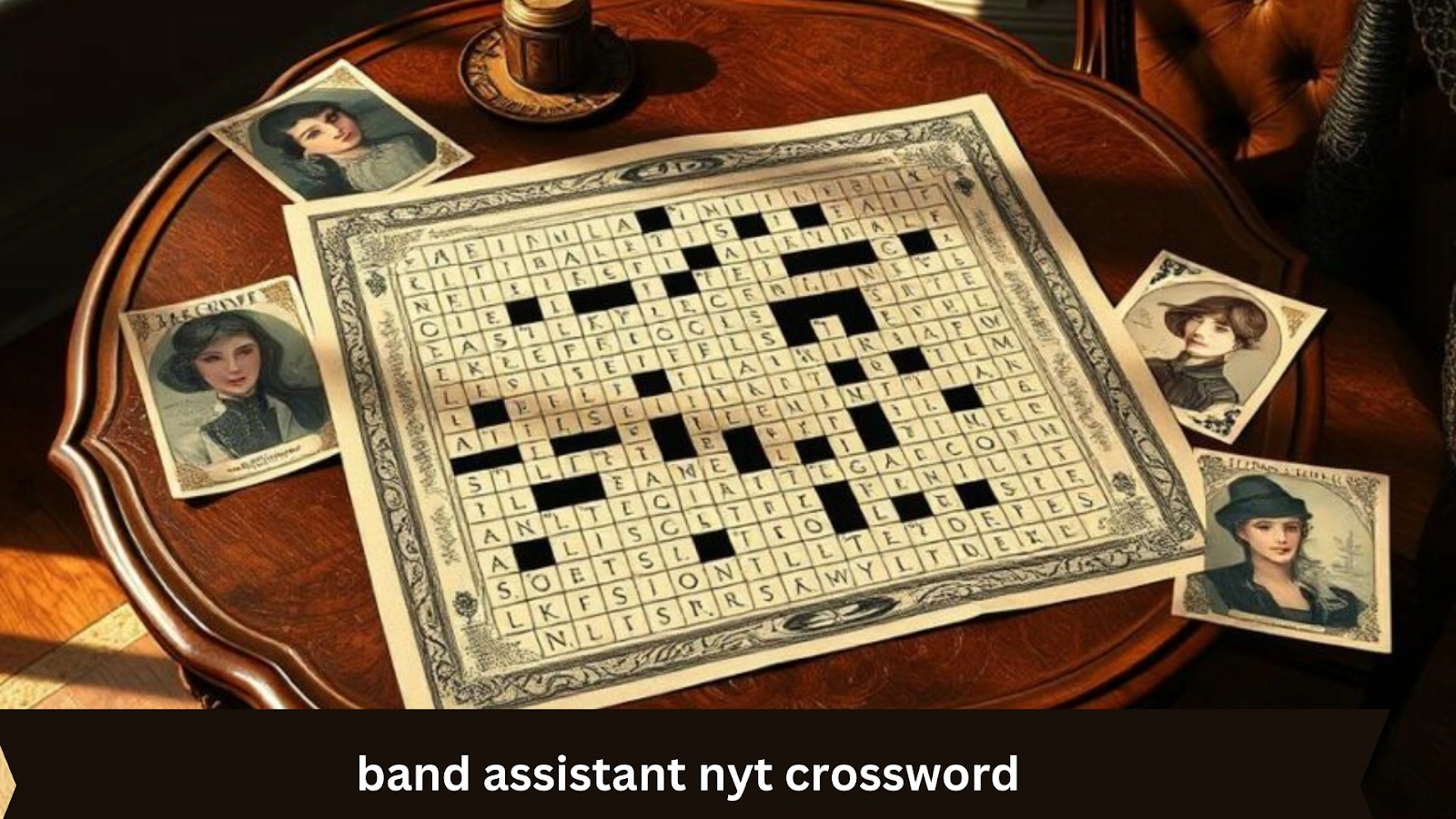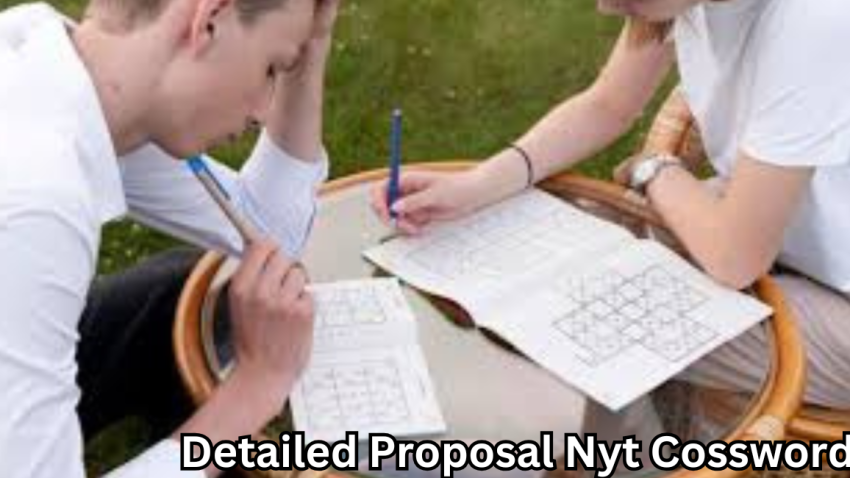The New York Times Crossword, often seen as the pinnacle of word puzzles, captivates both novice and expert solvers with its intricate designs and clever clues. One area of particular interest within these puzzles is understanding the “borders nyt crossword ” of each crossword. Borders in the NYT crossword can serve as boundaries that help define certain puzzle themes, patterns, or wordplay elements. Exploring the concept of borders in the NYT crossword can offer solvers valuable strategies for tackling challenging clues and better appreciating the artistry behind each grid.
The Importance of borders nyt crossword
In most crosswords, including those in the New York Times, borders refer to the outer edges of the grid. These borders nyt crossword can be simple lines, but they often play a larger role in influencing the layout and structure of the puzzle. Borders in the NYT crossword typically contain key clues or phrases that are essential to solving the puzzle. As a solver, understanding how these borders work can improve your ability to interpret clues, especially in themed puzzles or those with complex layouts.
Borders in Themed Puzzles
Themed crosswords often involve creative uses of borders nyt crosswordto enhance the puzzle’s challenge and entertainment value. For example, a puzzle with a “holiday” theme might use borders in the NYT crossword to form a festive shape or pattern, subtly guiding solvers to interpret clues differently. Borders may also outline words that reveal additional messages when read in sequence. These strategic placements turn borders into puzzle elements, rather than just grid constraints, encouraging solvers to think beyond the standard left-to-right, top-to-bottom approach.
Techniques for Solving Border-Related Clues
borders nyt crossword sometimes contain high-value words or unique themes. To make the most of these, consider using a few tried-and-true strategies:
- Analyze the Edges First: Check for clues that hint at words forming along the borders. Many puzzles hide essential clues near the outer edges, so solving these first can give you a strong starting point.
- Pay Attention to Symmetry: NYT crosswords usually follow a symmetrical design, meaning that similar patterns appear across the borders nyt crossword . If you identify one side, you can often guess what might fit symmetrically on the opposite side.
- Look for Embedded Words: In some cases, words along the borders nyt crossword form phrases or puns. Watch for embedded words that span across several squares, as these can help uncover tricky border solutions.
- Cross-Reference with Themes: The NYT crossword often includes hints or instructions about a theme at the top of the puzzle. Checking these clues and how they might apply to the borders nyt crossword can provide insights into solving edge-based words or patterns.
How Borders Influence Puzzle Difficulty
Borders in the NYT crossword can significantly affect the difficulty level. Complex puzzles may use borders nyt crossword to add layers of depth, requiring solvers to look beyond conventional techniques. For instance, certain borders might contain double meanings or require solvers to interpret clues in an unorthodox way, such as reading them backward or identifying an anagram.
Moreover, tricky borders nyt crossword are often found in Saturday puzzles, traditionally the hardest of the week. These borders may contain obscure references or challenging vocabulary that test even experienced solvers. Recognizing that the borders nyt crossword might house advanced clues can help adjust your solving approach.
Enhancing Your Skills with Borders in the NYT Crossword
Practicing with the borders in NYT crossword puzzles can enhance your problem-solving abilities and improve your skill at recognizing patterns. Here are a few ways to do so:
- Start with Easy Puzzles: NYT crosswords increase in difficulty from Monday to Saturday. Beginning with early-week puzzles can help you get comfortable with standard border clues before moving on to more complex challenges.
- Solve with a Partner: Sometimes two minds are better than one, especially when it comes to border clues that require creative thinking. Discussing potential solutions with a friend can provide new insights.
- Keep a Crossword Dictionary Handy: A crossword dictionary can be helpful when tackling particularly challenging border clues. While it’s essential to rely on your skills, having a dictionary can reinforce your knowledge and provide valuable hints.
- Study Past Puzzles: Many seasoned solvers study previous crosswords to understand how certain borders in the NYT crossword are used. This habit can reveal common techniques or word patterns that might reappear in future puzzles.
- Explore Specialty Puzzles: Specialty puzzles, like rebuses or cryptics, often feature unique border designs. Practicing with these can make you more adept at tackling unconventional border clues in NYT crosswords.
Notable Examples of Border Patterns in NYT Crosswords
Some puzzles use borders in the NYT crossword to tell a story or even create a visual representation. For example, a recent puzzle employed borders to outline the word “MIRROR” by reversing certain answers along the edges. Another noteworthy example is a puzzle where the borders were crafted to form a heart shape in honor of Valentine’s Day, requiring solvers to interpret clues that played on themes of love and romance.
These kinds of puzzles underscore how borders in the NYT crossword can serve as a canvas for creativity. For passionate solvers, such intricacies elevate the puzzle from a mere mental exercise to a form of art, showcasing the editor’s clever use of structure to convey a particular theme or emotion.
The Future of Borders in NYT Crossword
The New York Times constantly innovates with its crossword designs, and borders play a crucial role in many of these innovations. From unique shapes to grids that challenge conventional formats, borders in the NYT crossword will likely continue to evolve, offering fresh challenges to solvers. With technological advancements, we may see puzzles incorporating interactive borders or augmented-reality elements, further enhancing the solving experience.
As the NYT crossword continues to push boundaries, solvers will need to adapt their techniques to tackle increasingly complex borders. This ongoing evolution ensures that crossword enthusiasts always have something new to look forward to, keeping the NYT crossword both timeless and contemporary.
Final Thoughts
Mastering the borders in NYT crossword puzzles is an invaluable skill for any crossword enthusiast. Borders offer more than just structural boundaries; they’re often the gateway to uncovering themes, hidden messages, and unique wordplay that make each puzzle a rewarding challenge. By studying past puzzles, practicing with different border techniques, and remaining open to new strategies, solvers can enhance their skills and develop a deeper appreciation for the nuances of the NYT crossword.
So the next time you tackle an NYT crossword, keep a keen eye on the borders—they might just hold the key to cracking the puzzle wide open.
YOU MAY ALSO READ
Denver Nuggets vs Timberwolves Match Player Stats









